10 ADVANTAGES OF WEB DEVELOPMENT IN BUSINESS
1. Enhanced Online Presence
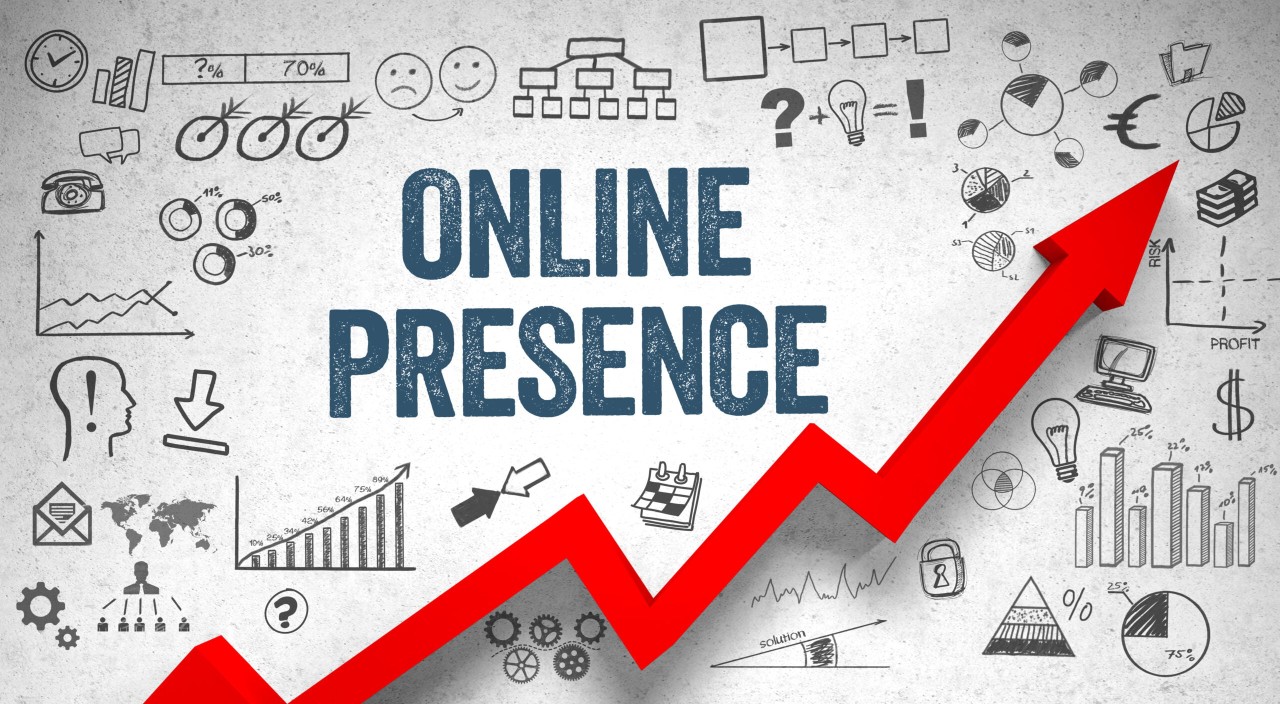
A well-developed website increases visibility and establishes a strong online presence, making it easier for potential customers to find and learn about your business.Enhanced online presence is crucial in today’s digital age, where the internet serves as a primary platform for communication, business, and personal branding. Establishing a robust online presence involves creating and maintaining a professional and engaging digital footprint across various platforms, including social media, blogs, and professional networks. This process often starts with a well-designed website that effectively represents an individual or organization’s identity, mission, and values. Beyond having a functional website, a strategic approach includes actively engaging with audiences through social media channels, producing relevant and high-quality content, and utilizing SEO techniques to improve visibility on search engines. Consistency in messaging, design, and tone across these digital touchpoints helps build credibility and fosters trust with the audience. Furthermore, leveraging analytics tools to monitor and understand engagement patterns allows for the continuous refinement of online strategies. An enhanced online presence not only boosts visibility but also opens up opportunities for networking, partnerships, and growth, making it an indispensable component of modern success.
2. 24/7 Accessibility
Unlike physical stores or offices, a website is accessible around the clock, allowing customers to view products, services, and information at any time.The concept of 24/7 accessibility has become increasingly vital in our interconnected world, where the expectation for constant availability transcends traditional business hours. This round-the-clock access is crucial for enhancing customer satisfaction and operational efficiency, allowing individuals and businesses to engage and respond at any time, regardless of time zones or geographical barriers. For businesses, maintaining 24/7 accessibility can mean providing customer support through live chat services, managing online transactions, or facilitating inquiries via email and social media platforms at all hours. This approach not only caters to a global audience but also ensures that critical issues are addressed promptly, thereby preventing potential delays and fostering trust. On a personal level, 24/7 accessibility supports flexible work arrangements, enabling professionals to balance their workloads with personal commitments more effectively. Technological advancements, such as cloud-based solutions and automated systems, have made it feasible to achieve uninterrupted service and support, ensuring that users receive timely assistance and information whenever needed. However, this level of accessibility also necessitates a robust infrastructure and thoughtful management to avoid burnout and maintain high standards of service, highlighting the need for strategic planning and resource allocation to support a continuous, reliable presence.
3. Cost-Effective Marketing
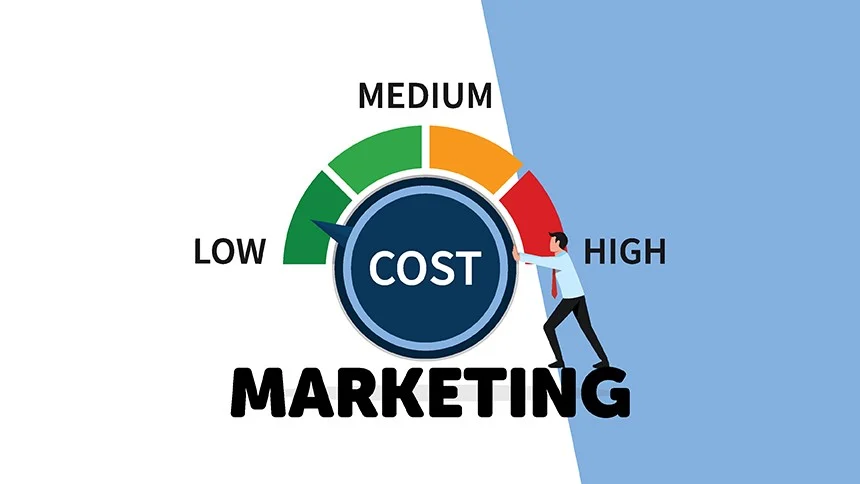
Web development enables various digital marketing strategies, such as SEO, content marketing, and social media integration, often at a lower cost compared to traditional marketing methods.Cost-effective marketing is a strategic approach designed to maximize the impact of marketing efforts while minimizing expenditure, making it an essential consideration for businesses aiming to achieve high returns on investment without breaking the bank. This approach involves leveraging a variety of budget-friendly tactics and tools to reach target audiences efficiently. Digital marketing channels, such as social media platforms, email campaigns, and content marketing, offer affordable yet powerful ways to engage with potential customers and build brand awareness. Techniques like search engine optimization (SEO) and pay-per-click (PPC) advertising can be finely tuned to target specific demographics and measure performance, ensuring that every dollar spent contributes to measurable outcomes. Additionally, partnerships and collaborations with influencers or other businesses can amplify reach without significant financial outlay. Creating high-quality, shareable content and utilizing data analytics to refine strategies also play a crucial role in optimizing marketing efforts. By focusing on strategies that deliver the best results for the lowest cost, businesses can maintain a competitive edge, grow their audience, and achieve their marketing goals efficiently, demonstrating that effective promotion doesn’t necessarily require a hefty budget.
4. Improved Customer Experience
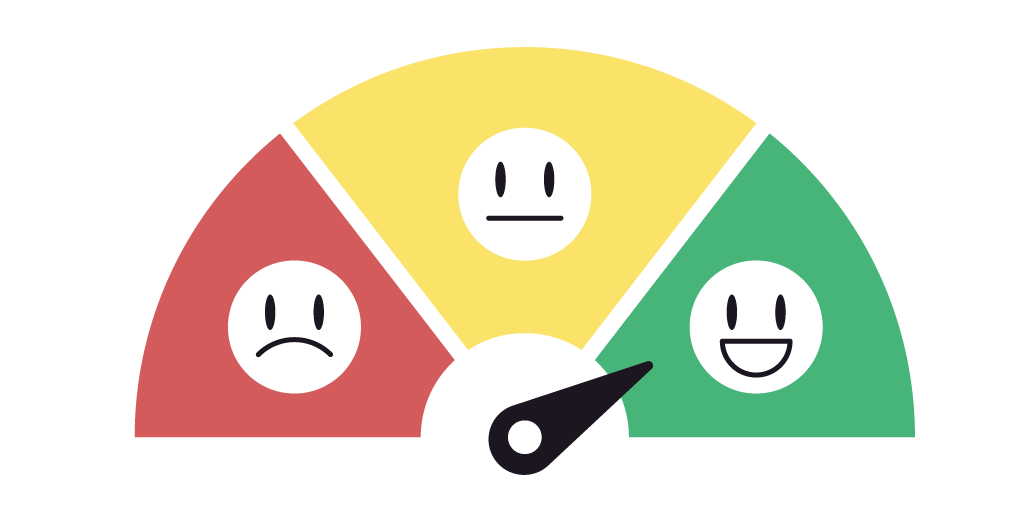
A well-designed website offers a user-friendly experience with easy navigation, fast loading times, and mobile responsiveness, enhancing customer satisfaction and retention.Improved customer experience is pivotal in distinguishing a brand in a crowded marketplace, serving as a cornerstone for fostering loyalty, driving satisfaction, and ensuring long-term success. This concept extends beyond merely meeting customer expectations to creating memorable, personalized interactions at every touchpoint of the customer journey. It involves a comprehensive approach that integrates responsive customer service, intuitive design, and seamless processes to address the needs and preferences of the clientele. By harnessing data analytics and customer feedback, businesses can gain insights into behavior patterns and pain points, allowing for the refinement of products and services to better align with customer desires. Implementing technologies like artificial intelligence and chatbots can enhance responsiveness and streamline interactions, while omnichannel strategies ensure a consistent and cohesive experience across different platforms and devices. Training staff to provide empathetic and proactive support also plays a critical role in building positive relationships and resolving issues effectively. Ultimately, an improved customer experience not only enhances satisfaction and retention but also encourages positive word-of-mouth and brand advocacy, reinforcing a company’s reputation and contributing to its growth and success.
5. Global Reach

A website can reach a global audience, allowing businesses to expand their market beyond local or regional boundaries.Global reach represents the expansive ability of businesses and organizations to connect with audiences and markets beyond their local or national borders, leveraging international opportunities to drive growth and innovation. This broad geographical scope is facilitated by advancements in digital technology, which enable seamless communication and transactions across different regions and time zones. By embracing global reach, companies can tap into diverse markets, access new customer bases, and benefit from varied economic conditions and consumer preferences. This international approach often involves customizing marketing strategies to resonate with different cultural contexts, navigating regulatory environments, and overcoming language barriers. Utilizing e-commerce platforms, social media, and digital advertising, businesses can effectively promote their products and services to a global audience while managing logistics and customer service across borders. Global reach also entails building strategic partnerships and networks in foreign markets, which can provide valuable insights and local expertise. However, successfully achieving a global footprint requires careful planning, robust infrastructure, and adaptive strategies to ensure that operations are scalable and sustainable, ultimately enhancing a brand’s visibility and competitiveness on the world stage.
6. Data Collection and Analysis
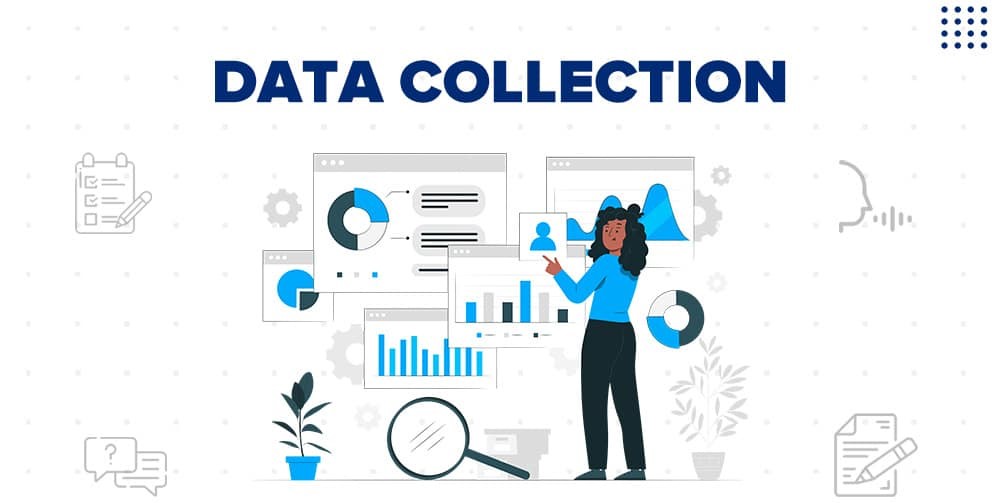
Websites can integrate analytics tools to track user behavior, preferences, and interactions. This data provides valuable insights for making informed business decisions and optimizing marketing strategies. Data collection and analysis are foundational elements in modern decision-making processes, enabling organizations to gain actionable insights and drive strategic initiatives based on empirical evidence. This process begins with systematically gathering data from a variety of sources, such as customer interactions, sales transactions, market research, and digital analytics. Effective data collection involves employing diverse methods, including surveys, focus groups, and automated data tracking systems, to ensure a comprehensive understanding of trends and behaviors. Once collected, this data is meticulously analyzed using statistical tools and software to uncover patterns, correlations, and anomalies. Advanced techniques, such as machine learning and predictive analytics, further enhance the ability to forecast future trends and make informed decisions. The insights derived from this analysis help organizations optimize operations, personalize customer experiences, and identify new opportunities for growth. Additionally, ongoing data monitoring and iterative analysis allow for real-time adjustments and continuous improvement. By harnessing the power of data collection and analysis, businesses can make evidence-based decisions, reduce risks, and stay ahead of the competition in an increasingly data-driven world.
7. Brand Credibility
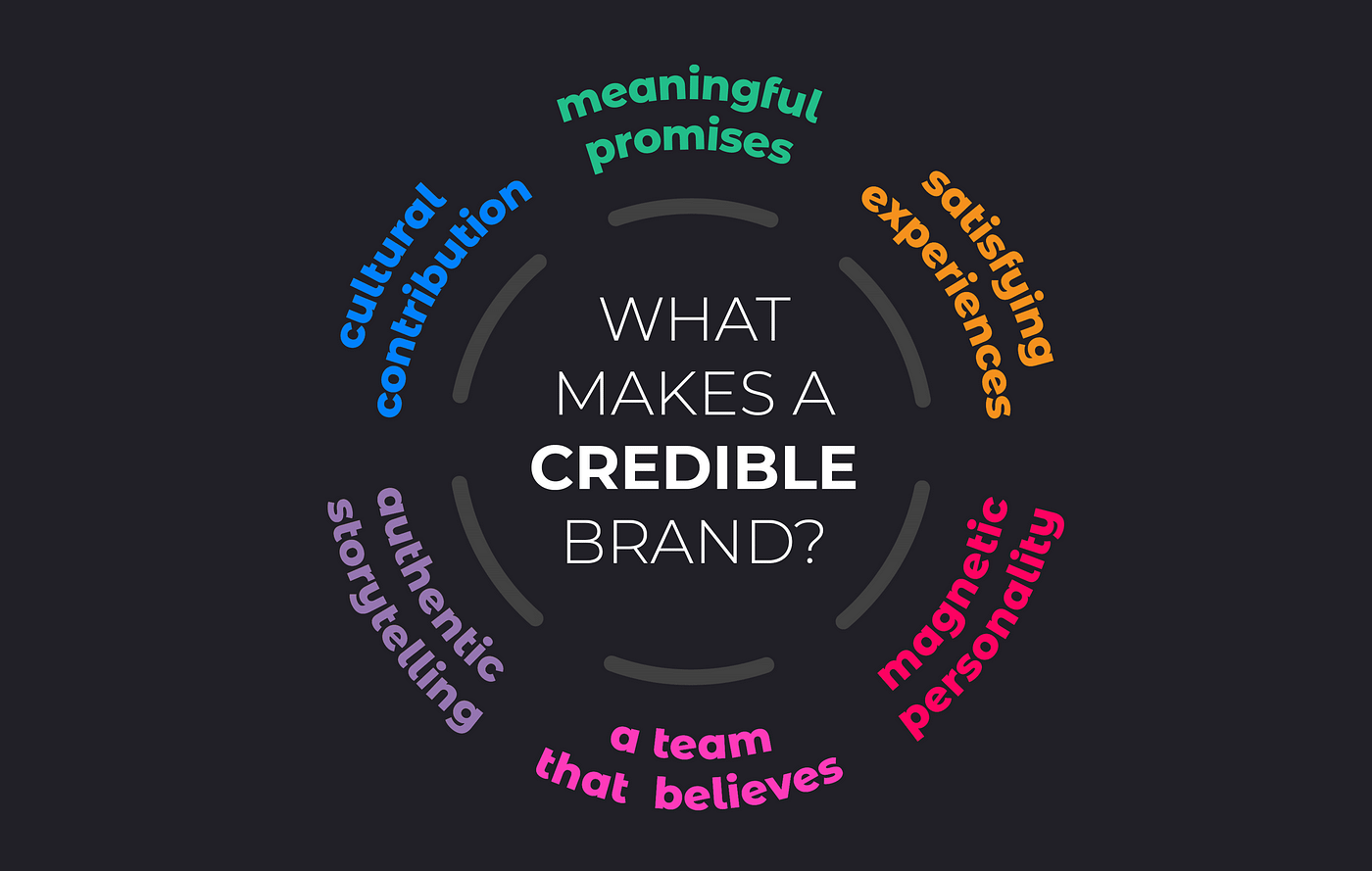
A professional and well-maintained website enhances brand credibility and trustworthiness. It serves as a platform to showcase your expertise, testimonials, and case studies.Brand credibility is a vital asset for any organization, serving as a cornerstone of trust and influence in a competitive market. It is built over time through consistent, transparent, and reliable interactions with customers and stakeholders. Establishing brand credibility involves delivering on promises, maintaining high standards of quality, and upholding ethical practices in all aspects of business operations. Transparent communication, such as openly addressing issues and acknowledging feedback, further reinforces trust and reliability. Positive customer experiences and testimonials also play a crucial role in enhancing credibility, as word-of-mouth recommendations and reviews can significantly impact public perception. Additionally, strategic partnerships with reputable organizations and endorsements from industry experts can bolster a brand’s credibility by associating it with established authority and competence. The effective use of branding elements, such as a well-designed logo, cohesive messaging, and professional presentation, contributes to a strong, recognizable identity that resonates with audiences. In today’s digital age, where information spreads rapidly, maintaining brand credibility is essential for fostering long-term customer loyalty and differentiating oneself in a crowded marketplace.
8. Lead Generation and Sales

E-commerce functionality and lead generation forms on a website can directly contribute to increased sales and business growth by facilitating online transactions and capturing potential customer information.Lead generation and sales are intricately linked processes that form the backbone of a company’s revenue growth and market expansion strategy. Lead generation involves identifying and attracting potential customers who have shown interest or have the potential to be interested in a product or service. This is achieved through a variety of tactics such as content marketing, social media engagement, email campaigns, and search engine optimization, which work to capture the attention of prospective leads and nurture them through the sales funnel. Effective lead generation strategies focus on understanding and addressing the needs and pain points of target audiences to generate high-quality leads that are more likely to convert into paying customers. Once leads are generated, the sales process takes over, involving personalized outreach, follow-up, and relationship-building activities designed to move prospects from initial interest to final purchase. Sales strategies often include techniques like consultative selling, demonstrations, and tailored proposals that address specific customer needs and objections. The integration of data analytics and CRM (Customer Relationship Management) systems is crucial for tracking lead interactions, managing customer relationships, and optimizing sales efforts. Ultimately, a seamless and well-coordinated approach to lead generation and sales not only boosts conversion rates and revenue but also enhances customer satisfaction and fosters long-term business growth.
9. Competitive Advantage

A strong online presence and a modern, well-functioning website can give you an edge over competitors who may have outdated or less effective web platforms.Competitive advantage is a critical element that distinguishes a business from its rivals and enables it to outperform competitors in the marketplace. This advantage can stem from various sources, including unique product features, superior technology, exceptional customer service, or cost efficiencies. Establishing a competitive advantage often involves leveraging a combination of innovative strategies, such as differentiating offerings, optimizing operations, and implementing cutting-edge practices that cater to the evolving needs of customers. For instance, a company may achieve a competitive edge through exclusive access to the best natural resources, proprietary technology, or highly skilled personnel, which are not easily replicable by competitors. Additionally, strong brand equity, strategic partnerships, and effective marketing can bolster a company’s position in the market by enhancing its reputation and customer loyalty. Data analytics and market research further play a role by providing insights into consumer preferences and competitive dynamics, allowing businesses to make informed decisions and adapt strategies accordingly. Maintaining a competitive advantage requires continuous innovation, strategic foresight, and an agile approach to respond to market changes and emerging trends. Ultimately, a well-developed competitive advantage not only drives growth and profitability but also solidifies a company’s position as a leader in its industry.
10. Customer Engagement

Features like blogs, newsletters, and interactive elements enable ongoing engagement with your audience, helping to build a community around your brand.Customer engagement is a dynamic and ongoing process that involves actively interacting with customers to build meaningful relationships and foster brand loyalty. It goes beyond merely providing a product or service, encompassing a range of strategies and touchpoints designed to create positive, memorable experiences that resonate with customers. Effective customer engagement involves utilizing multiple channels such as social media, email, and in-person interactions to communicate with customers in a personalized and relevant manner. By employing techniques such as targeted content, interactive promotions, and responsive customer service, businesses can capture and maintain customer interest, address their needs and preferences, and encourage their participation in brand activities. Engaging with customers through surveys, feedback loops, and community-building initiatives also provides valuable insights into their expectations and helps tailor offerings to better meet their demands. Additionally, leveraging data analytics to track engagement metrics and behavior patterns enables businesses to refine their strategies and enhance their approach over time. Ultimately, fostering robust customer engagement not only enhances satisfaction and retention but also encourages advocacy and word-of-mouth referrals, contributing to long-term brand success and growth.
